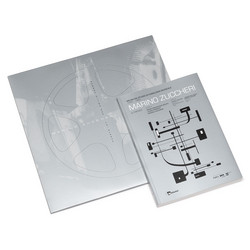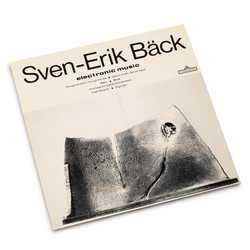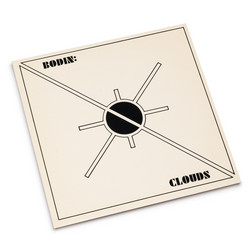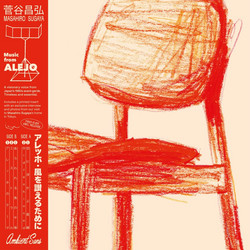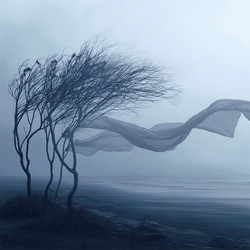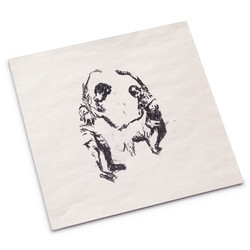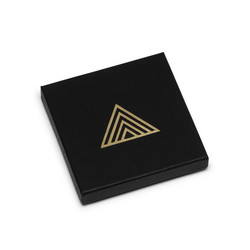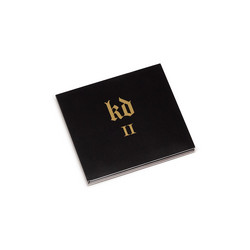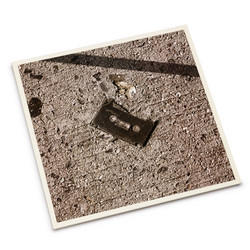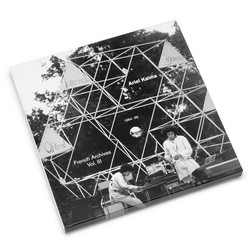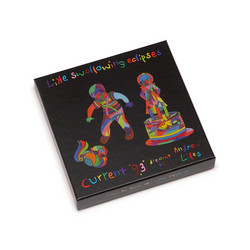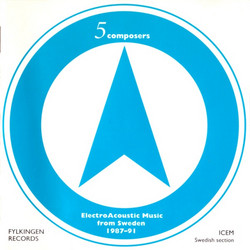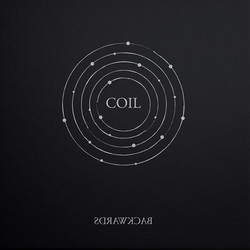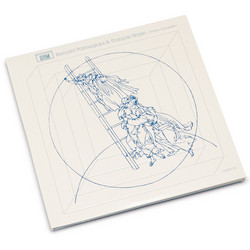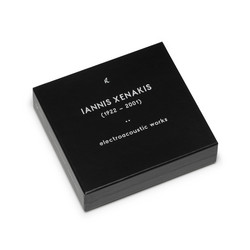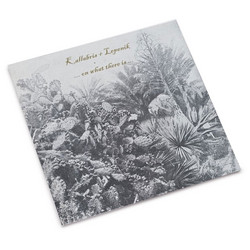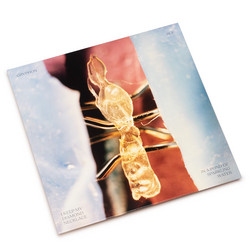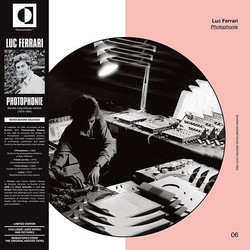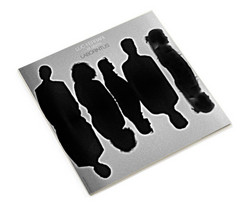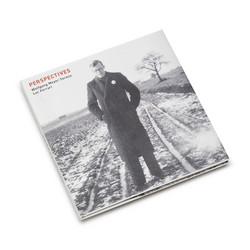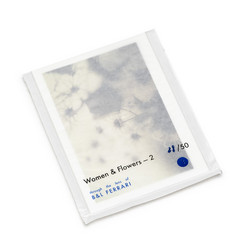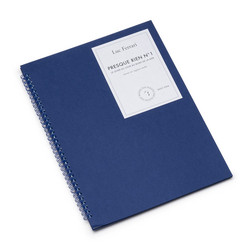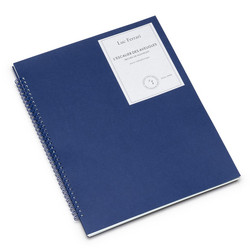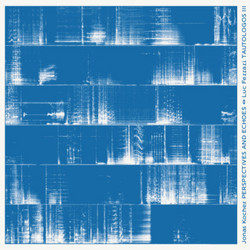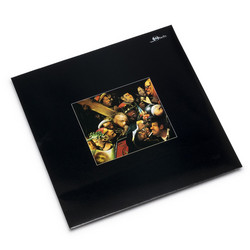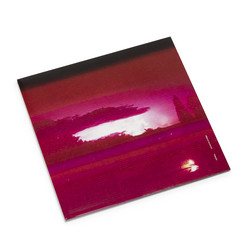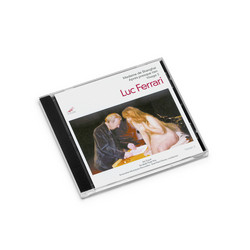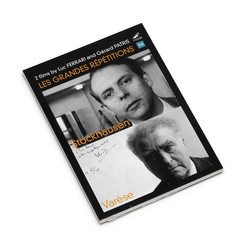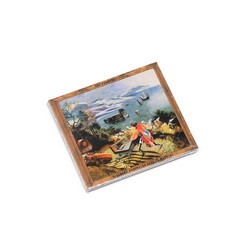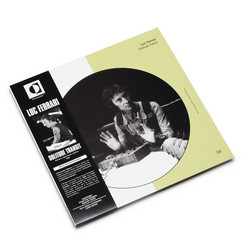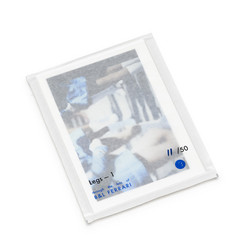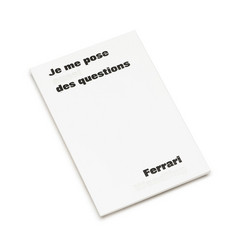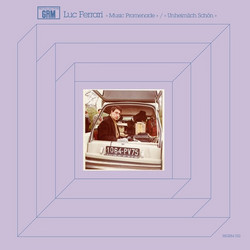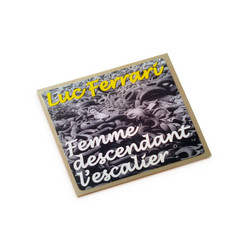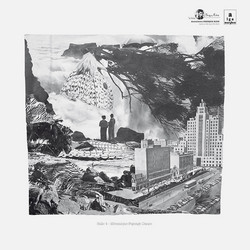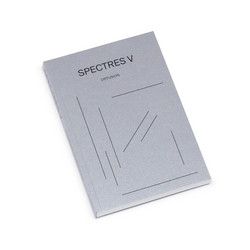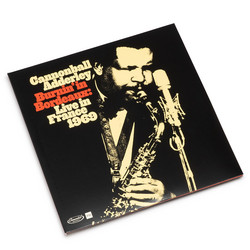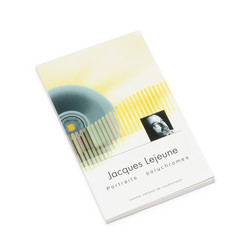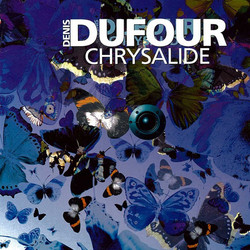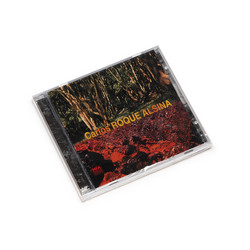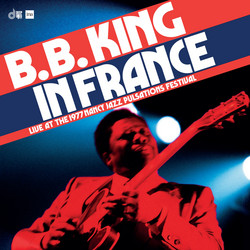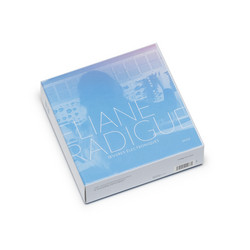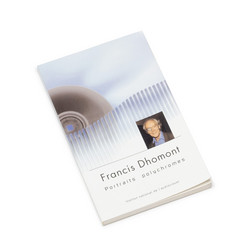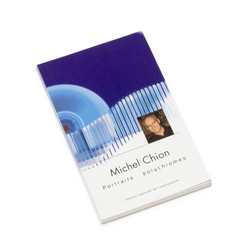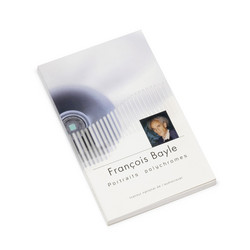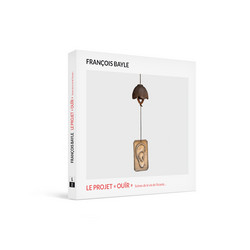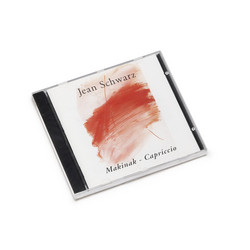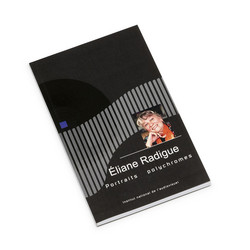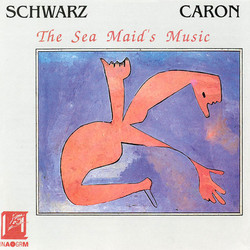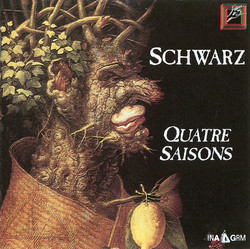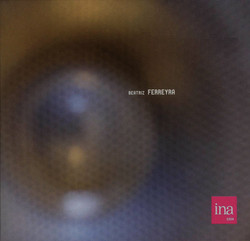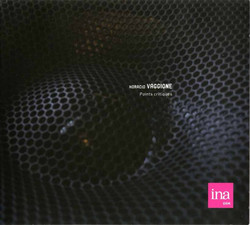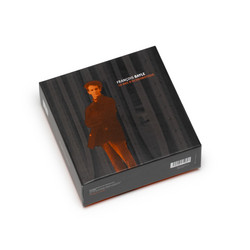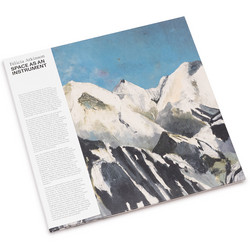Incredible 10xCD lavish box set, a 11+ hour compendium of the electronic music key works from one of the most important electronic composers of the 20th century complete with a 106 page book. Paris-born composer Luc Ferrari was a pioneer both of electronic and instrumental avant-garde music. He was the founding director of the Groupe de Musique Concrete in 1958 and was, along with Pierre Schaeffer, one of its leading practitioners. Ferrari constantly reinvented his own poetic approach to sound and music. His innovations in “sound realism”, “photographing” sounds from around the world as music, have influenced genres from popular to experimental.
The majority of the first disc covers Ferrari’s earliest experiments with the GRM. The works included here like “Étude aux Accidents” and “Visage 5” are crude even when compared to Ferrari’s contemporaries at the time but they provide an interesting insight into how he developed his own sound world. These pieces are the most traditionally concrète of all the works included in the box set, made at a time when Ferrari was learning the ropes which he would later cut. However, the humor, the playfulness, and type of sounds used are Ferrari through and through. The first CD finishes with “Music Promenade,” which is reminiscent of Walter Ruttman’s 1930 movie for the ears “Wochende.” It hints at the direction he would take over the course of his career, pushing natural sounds and human character to the fore and leaving inorganic music to his colleagues.
It was the 1960s when Ferrari truly flourished and the second and third discs of L’Œuvre Électronique feature the pieces that he will be remembered for. Hétérozygote sounds light years ahead of the material on the first disc (although it was constructed around the same time as some of the pieces) and is the first bona fida example of Ferrari’s classic approach. The abstract sonic elements sound utterly cosmic and the juxtaposition of identifiable sounds with these concrète elements highlights Ferrari’s views on where electroacoustic music should go. His combination of man and machine is something that he would explore more thoroughly on Dialogue Ordinaire avec la Machine (also included in this box set) and would later be developed by bands like Kraftwerk in the decades following his initial compositions.
Disc 3 features all four parts of Ferrari’s most famous work, Presque Rien was started in 1967 and finished in 1998 (the last part only released in 2005 on Son Memorisé). It begins from almost nothing; the first part is shocking in its lack of electronic manipulation. Most of the four parts are sparsely arranged: a gentle murmur of life interspersed with subtle electronics mimicking the natural sounds (lightning and cicadas being particularly exciting listening). With Presque Rien he moves his focus onto people and their ecology rather than the abstractions and machinations of the rest of the concrète school. His documentation of human culture merges journalism with voyeurism, especially on "Presque Rien avec Filles" ("Almost Nothing with Girls") where Ferrari records young women having a picnic and tries to get inside the female mind, yet another recurring theme in his work (As he puts it: "A composer campaigning for women's liberation."
Far-West News is a sprawling catalogue of the people Ferrari and his wife, Brunhild Ferrari, meet on their travels through the western United States in 1998. At one point, Ferrari describes how he envisions the piece: an audio newspaper. This again calls back to Ruttman’s “Wochende” and to similar experiments like the East Village Other Electric Newspaper but needless to say, Ferrari trumps them all. Recorded around the time of the scandal surrounding Bill Clinton and Monica Lewinsky, Ferrari’s interviews with ordinary Americans find them mostly indifferent if not permissive of the former President’s private life (at odds with the mainstream media’s representation of public outrage at the time). The interviews are interspersed with readings from newspapers (including an article about the film version of Lolita, again Ferrari explores America’s views on sexuality). All this plays out over a backdrop of Luc and Brunhild ordering (or trying to order) food across the country, Ferrari being the stereotypical Frenchman whose twin desires are food and sex.
While this set ignores Ferrari’s compositions for traditional instruments, it is possible to get a very clear picture of his work and ideology from this one (albeit very important) aspect of his work. I do not need to stress how much of an innovator Ferrari was, even now pieces like Danses Organiques and Dialogue Ordinaire avec la Machine sound mysterious and deeply complex; to my ears most electronic musicians are still playing catch up with him. Newer pieces such as Archives Génétiquement Modifées and the poignant Les Arhythmiques (composed in 2003 following Ferrari’s hospitalisation for cardiac arrhythmia, the condition that would later lead to his death) show that his creativity burned bright even into his 70s. Even posthumously, his ideas live on as Brunhild Ferrari created the anything but derivative Dérivatif following his specifications.
L’Œuvre Électronique is the most fitting monument to Ferrari’s. Bearing in mind that there are 10 CDs worth of impeccable compositions as well as a detailed book (in French and English) that features a short biography, notes by Ferrari and an interview with Brunhild; this is also an exceptionally good value too with INA/GRM keeping the price as low as possible. Hopefully, there will be a sister release of his works for traditional instruments to accompany his electronic works, but for the moment there is more than enough material here to keep anyone going for a long, long time.

